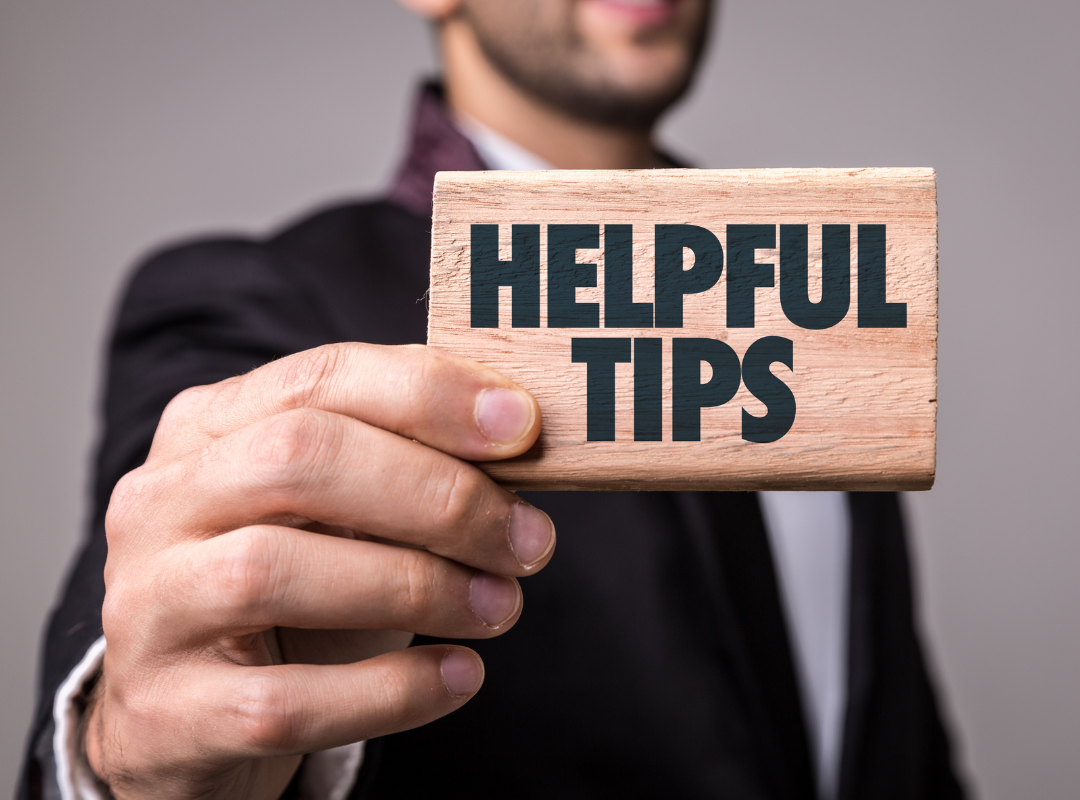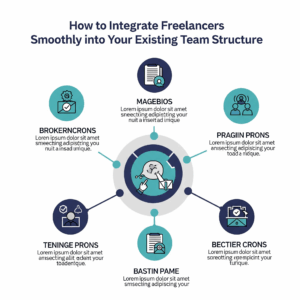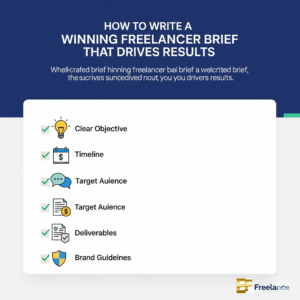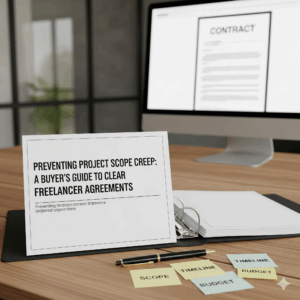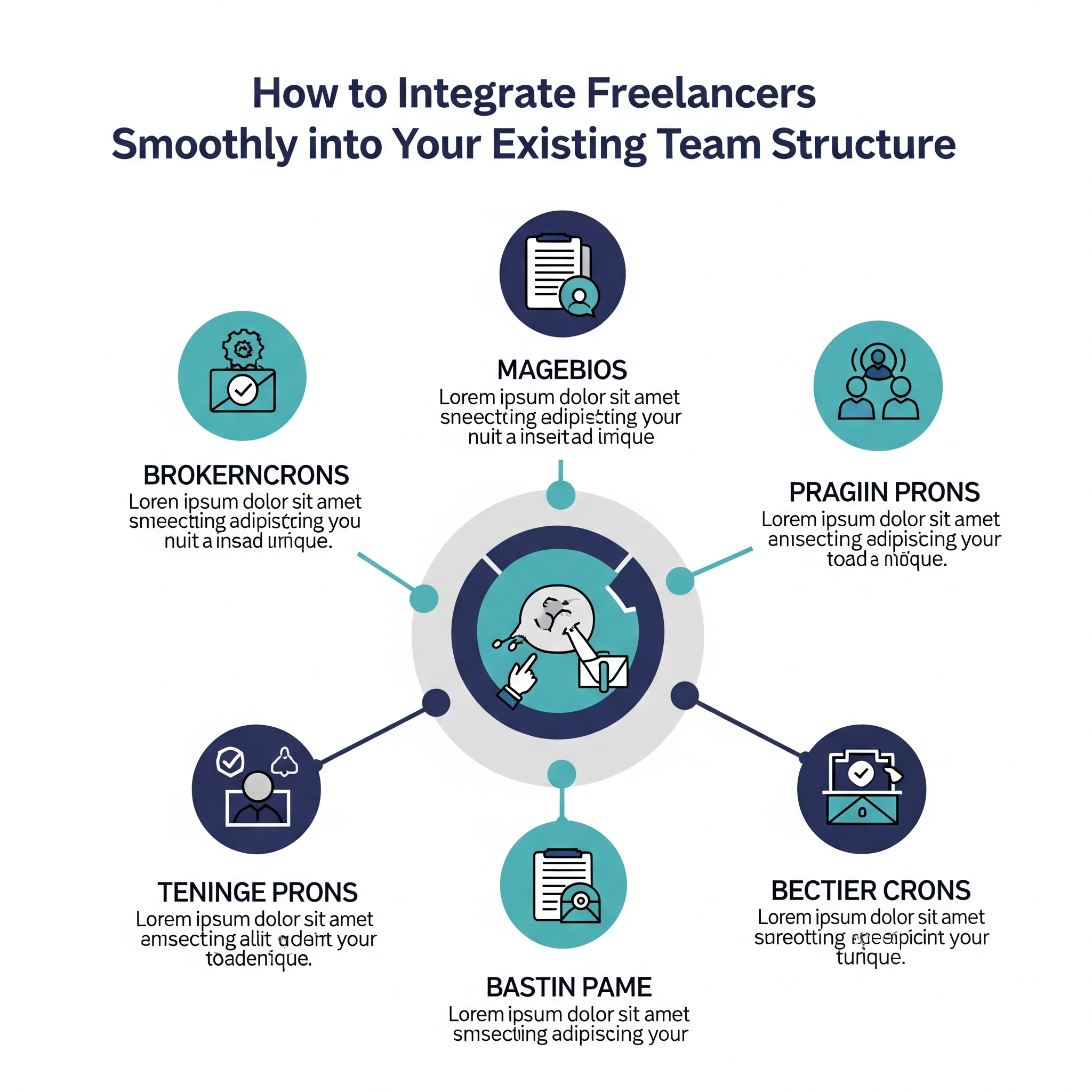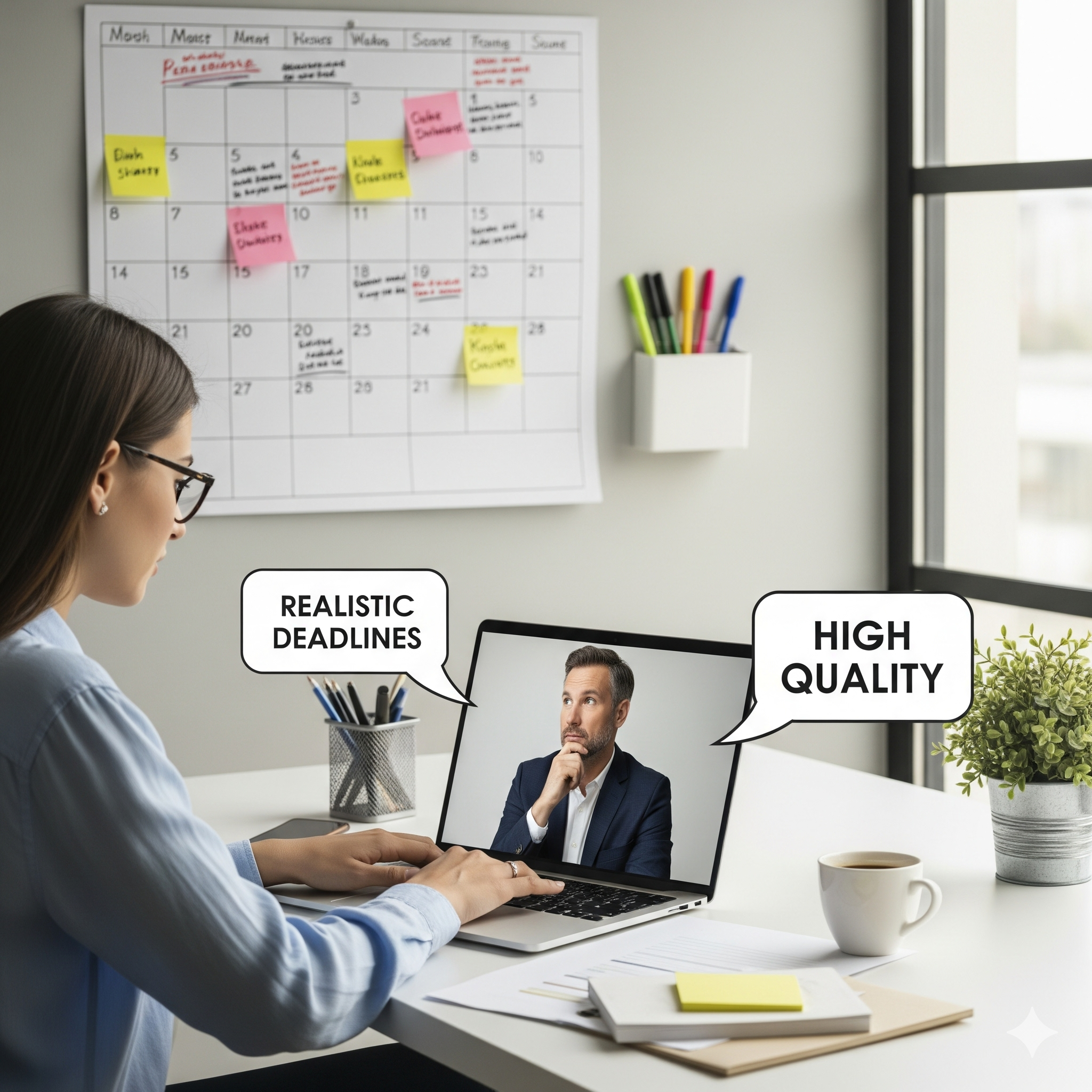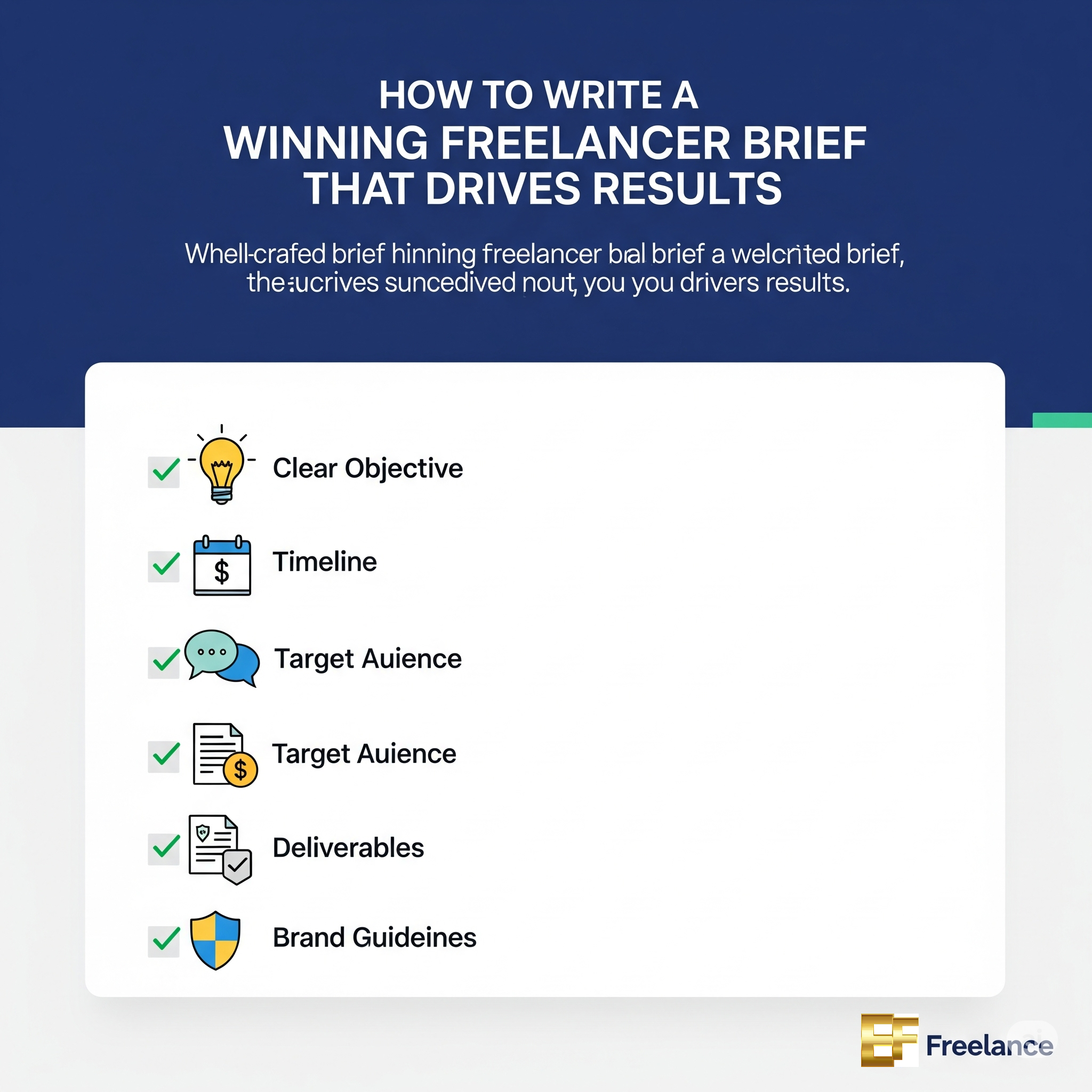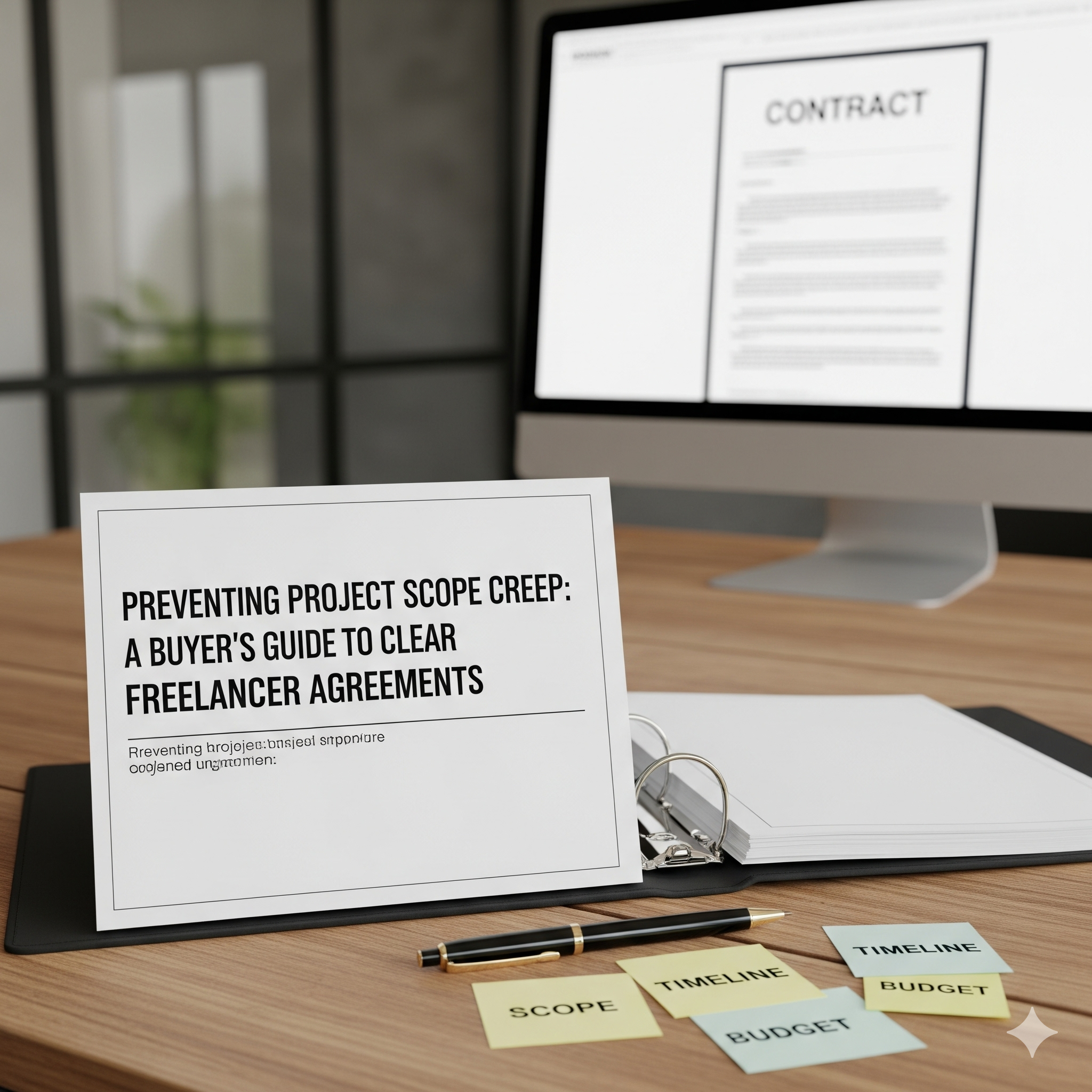TED Talks are renowned for their ability to captivate audiences with powerful ideas, stories, and visuals. The design of your presentation plays a crucial role in helping you communicate your message effectively and leave a lasting impression. Whether you’re preparing for an actual TED Talk or simply want to create impactful presentations inspired by their style, here are key tips to consider for designing an engaging and professional slide deck.
1. Focus on Simplicity and Minimalism
The best TED Talk presentations are clean, uncluttered, and easy to follow. The focus should be on your words and ideas, not on overwhelming visuals. Keep slides simple by limiting text to essential points and using concise language. TED speakers typically follow the rule of “less is more”—each slide should reinforce a single message or idea without overloading the audience with information.
2. Use Powerful, High-Quality Images
Visuals in TED Talks are meant to enhance the storytelling process, not distract from it. High-quality images are often used to evoke emotions, clarify complex points, or illustrate concepts in a relatable way. Avoid generic stock photos and instead opt for original or visually impactful images that add value to your message. Every image should serve a purpose, helping to bring your talk to life and making it more memorable for the audience.
3. Limit Text to Key Words or Phrases
In a TED Talk, the audience is there to listen to you, not to read text-heavy slides. A good rule of thumb is to use your slides as visual aids, not as a script. Stick to a few key words or phrases per slide that summarize your main points. This not only keeps your audience focused on your talk but also makes your visuals more impactful. Use larger font sizes for legibility and to ensure key points stand out.
4. Tell a Story Through Your Slides
TED Talks are known for storytelling, and your slides should complement the narrative you’re sharing. Design your presentation to follow the flow of your story—whether it’s problem-solution, personal journey, or a big idea that unfolds over time. Structure your slides to support this narrative, with visuals that align with each part of your story. This helps the audience stay connected with your message and understand your key takeaways more clearly.
5. Leverage Contrast and White Space
A well-designed presentation makes use of contrast and white space to guide the audience’s focus. In TED Talk presentations, slides often feature large, bold text with high contrast against simple backgrounds, making key points pop. White space, or negative space, ensures that slides don’t feel overcrowded and gives each element room to breathe. This technique creates a more professional and polished look, while also improving the overall readability of your slides.
6. Use Consistent Typography and Colors
Consistency in typography and color scheme is important for creating a cohesive look in your presentation. Choose one or two fonts that are easy to read and stick with them throughout the slide deck. For colors, use a limited palette that aligns with the tone of your talk and enhances the visual impact without being distracting. TED presentations often utilize bold colors for emphasis but stay within a minimalist framework to maintain visual harmony.
7. Incorporate Data and Infographics Wisely
If your TED Talk involves presenting data or statistics, consider using infographics, charts, or graphs to make complex information easier to digest. Keep these visuals simple and clean, avoiding overly detailed or cluttered graphs that may confuse the audience. When presenting data, focus on the story behind the numbers—how they illustrate a broader trend or reinforce your message—rather than overwhelming the audience with excessive figures.
8. Practice Visual Consistency
Consistency in the design of your presentation helps create a professional and polished look. Ensure that your fonts, colors, and layout remain uniform throughout your slides. Visual consistency reinforces the flow of your narrative and keeps the audience focused on the content rather than on jarring design changes. Stick to a simple template with recurring design elements that support the overall message without distracting from it.
9. Use Animations and Transitions Sparingly
Animations and transitions can help bring focus to key points or add a dynamic element to your presentation, but overuse can quickly become distracting. In TED-style presentations, the goal is to communicate ideas effectively, so animations should be subtle and purposeful. Stick to simple transitions like fades or slides, and avoid flashy or complex animations that could take away from the core message.
10. End with a Strong Visual Impact
The conclusion of your presentation should leave a lasting impression, and visuals can help reinforce this. Consider ending with a strong, memorable image, quote, or graphic that encapsulates your key message. This final slide serves as the visual punctuation to your talk, providing the audience with something powerful to reflect on as you close.
Bonus Tip: Rehearse with Your Slides
The best TED speakers are masters of delivery, seamlessly integrating their slides into their talk. Rehearse with your presentation to ensure that your slides flow naturally with your speech. Practicing helps you refine the timing of when to advance slides and allows you to focus more on delivery rather than being distracted by technical details. The smoother the transition between your slides and your talk, the more professional and confident you’ll appear.
Conclusion
Designing a TED Talk presentation requires thoughtful attention to simplicity, storytelling, and impactful visuals. By following these key tips, you can create a slide deck that enhances your message, captivates your audience, and ensures your talk leaves a lasting impression. The goal is to keep the focus on your ideas while using your presentation as a powerful visual tool to support and amplify your message.
